
PREV ARTICLE
NEXT ARTICLE
FULL ISSUE
PREV FULL ISSUE
QUERY: GLASS MEDALSJohn Cadorini writes: I recently acquired at auction two cast glass copies of two unrelated bronze medals: one the obverse of a French medal honoring the playwright Pierre Corneille; the other the reverse of a French Napoleonic bronze medal commemorating the meeting of the Grand Sanhedrin in 1806. Neither of the medals are particularly rare and the glass copies are of a similar size to the actual bronze medals themselves, so it would appear the glass copies were cast in a mould created from the original medals. Since neither medal is rare it would appear that these glass examples may have been two of a much larger group of cast glass pieces representing a range of medals, much like the sets of plaster copies of gems and medals made from the Grand Tour period onward. However I can find no references to any such copies being made in glass. I wonder if any other readers are familiar with other examples, or of the method and purpose of such copies. The images are hard to view properly given the transparency of the medium unless laid on a darker surface. I am attaching images of the original bronze medals and photos of the glass copies. I hope that someone among your readers can offer some additional information.
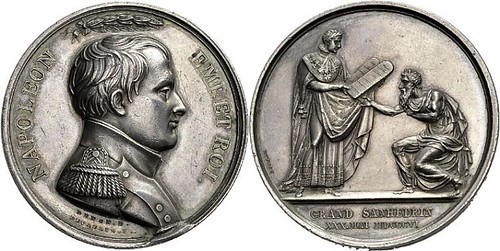
Napoleon medal
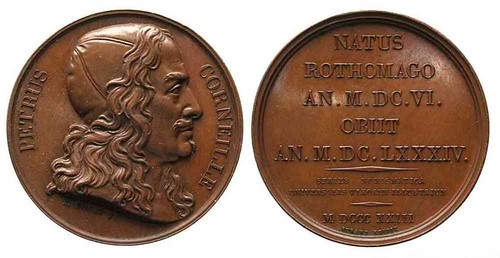
Petrus Corneille medal
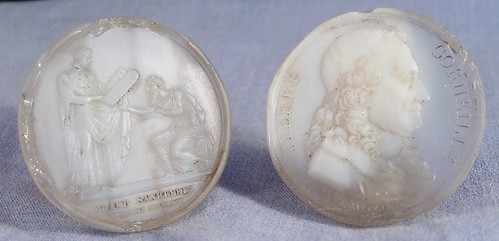
Glass medal obverses
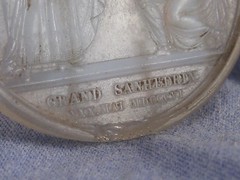
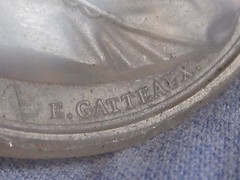
Glass medal closeups
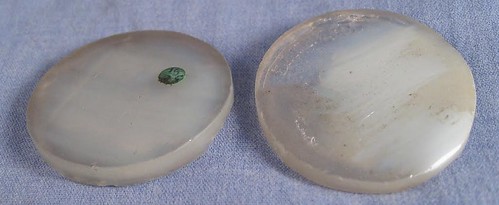
Glass medal reverses John adds: As you can see from the photos, the lettering on the glass copies is quite crisp and sharp which makes one wonder about the material from which the moulds were made. It is tempting to think that they could have been cast in the original dies but this seems unlikely. I should mention that the small dark spot on the back of one of the glass casts is an unreadable paper sticker.
Thanks for the great question and images. I'm not familiar with these. Can anyone help?
-Editor
Wayne Homren, Editor The Numismatic Bibliomania Society is a non-profit organization promoting numismatic literature. See our web site at coinbooks.org. To submit items for publication in The E-Sylum, write to the Editor at this address: whomren@gmail.com To subscribe go to: https://my.binhost.com/lists/listinfo/esylum All Rights Reserved. NBS Home Page Contact the NBS webmaster 
|